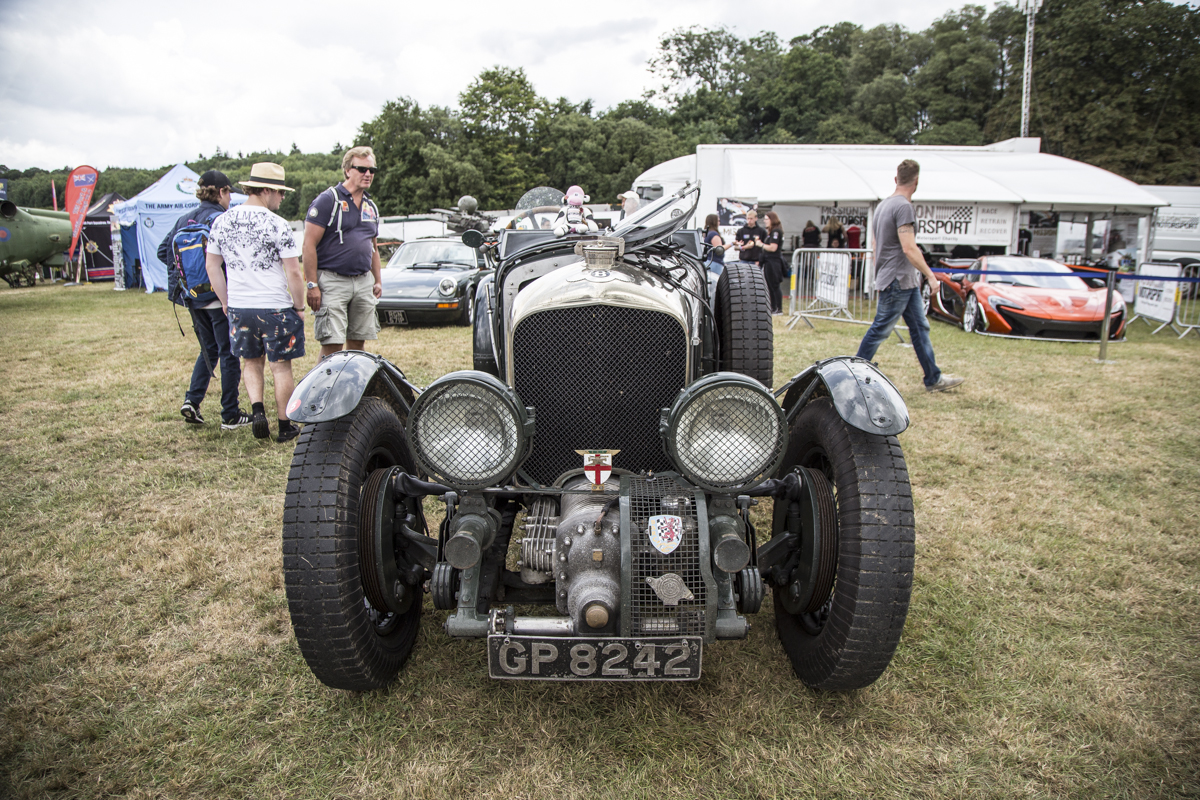
The early years of the 24 Hours of Le Mans endurance motor race were dominated by the British car manufacturer Bentley. Between 1924 (the 2nd year of the race) and 1930, a Bentley car dominated the winner’s podium with five victories. The Bentley Motors Ltd team secured first place for four consecutive years between 1927 and 1930. However, it would be 73 years before Bentley would again win at Le Mans.
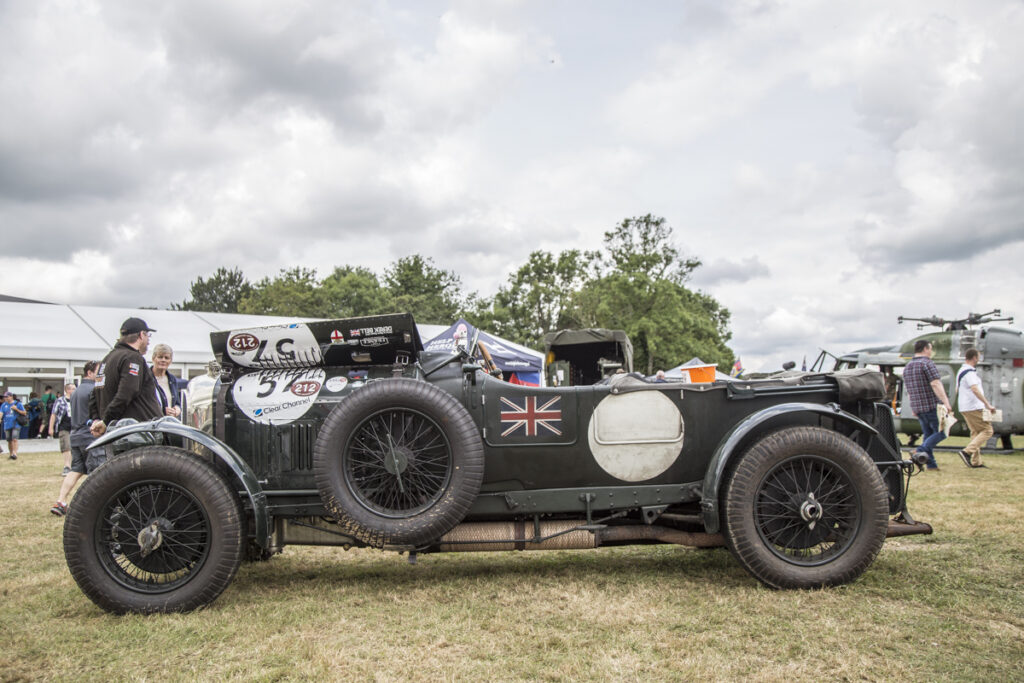
The second year of the famous Le Mans endurance race was won by Canadian John Duff and Britain Frank Clement driving a Bentley 3 Litre Sport. They were driving for the British Duff & Aldington team. The Bentley 3 Litre Sport had first featured on the racing circuit in 1921. At the time racing was dominated by Bugatti and the 3 Litre Sport was much larger in size and weight. In fact, Ettore Bugatti called the car ‘the fastest lorry in the world’. However, the huge engine and strength made it a formidable racing machine. At Le Mans, Duff and Clement completed 120 laps covering 2077 km.
In 1925 and 1926, a Bentley car had failed to finish. However, Bentley Motors’ four year dominance would begin in 1927 when British drivers Dudley Benjafield and Sammy Davis would miraculously guide a 3 Litre Super Sports Bentley to victory. They completed 137 laps covering nearly 2,370 km. However, their race nearly ended around 9:40pm when eight cars were involved in a major accident infamously known as the White House Crash. The accident forced the retirement of the other two Bentley cars in the race. Somehow, Davis managed to get his damaged Bentley back to the pits for repairs. Despite struggling with poor handling due to the accident, Davis and Benjafield kept going, finally securing an unlikely victory when the French team leading the race were forced to retire.
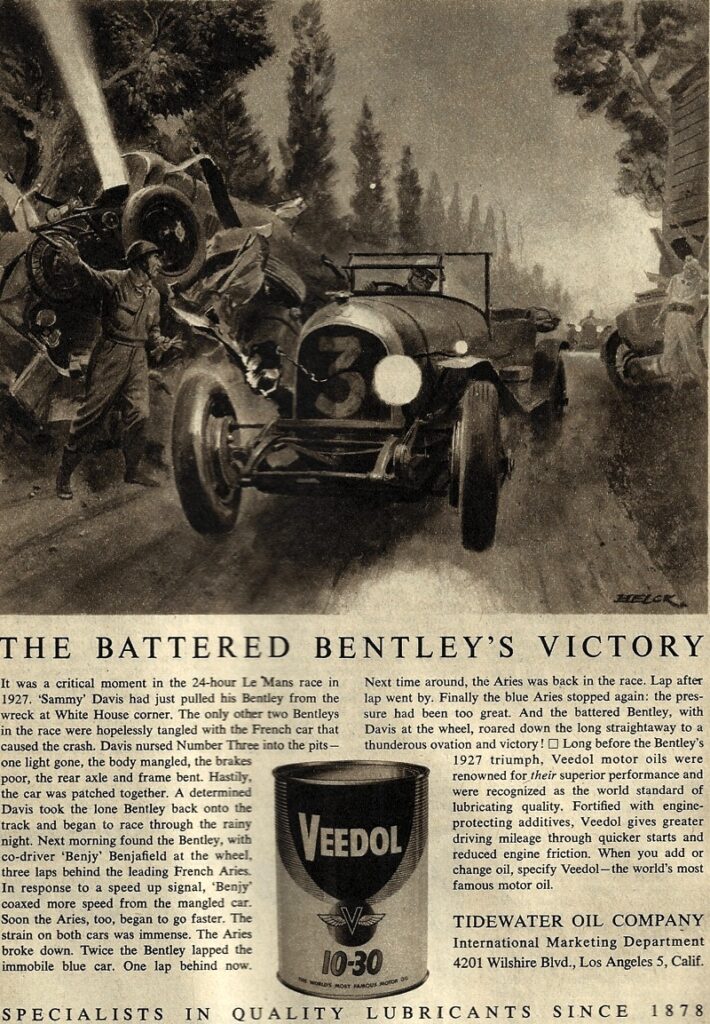
The Bentley Motors team secured their second victory at Le Mans with a British and Australian driver team of Woolf Barnato and Bernard Rubin. They drove a Bentley 4 1/2 litre car developed and released in 1927. The engine was significantly more powerful than the 3 litre. Over the 24 hours, the team covered 2669 km (155 laps). A second Bentley 4 1/2 litre finished in 5th place.
The true raw power of Bentley Motors was in evidence at the 1929 race. Once again, Woolf Barnato was one of the drivers of the winning team, this time partnered by Sir Henry ‘Tim’ Birkin. They steered a new Bentley Speed Six around 174 laps (2844 km). The 6.5 litre Speed Six had been introduced in 1928 as a competitor to the Rolls-Royce Phantom I and would become the most successful racing Bentley. Bentley Motors dominated the race, securing second through to fourth position with Bentley 4 1/2 litre racing cars.
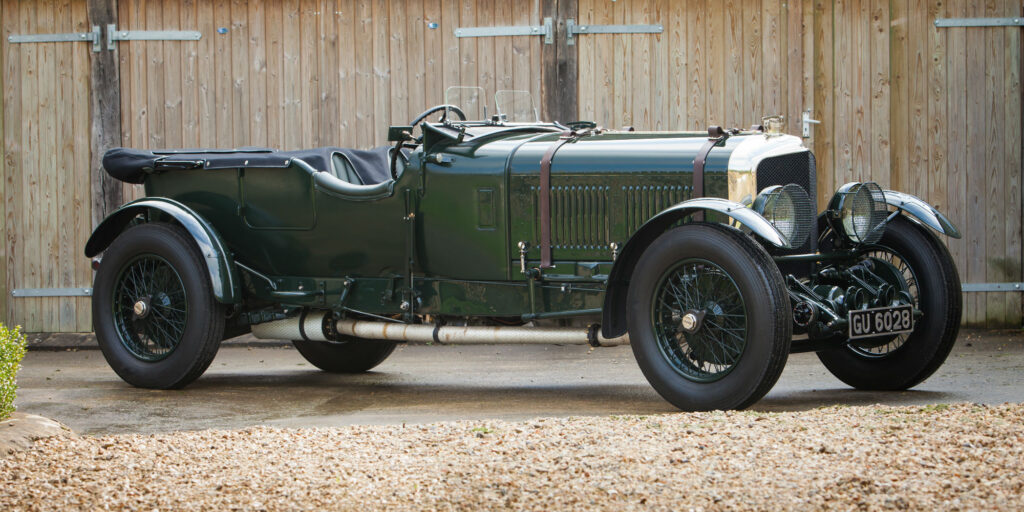
This marked the final year of Bentley dominance at the 24 hours of Le Mans race. Woolf Barnato was at the helm for his third consecutive victory, this time partnering fellow Brit Glen Kidston. For the second successive year, they drove a Bentley Speed Six. Over 24 hours they covered 2930 km and 179 laps. The 1930 race started with only 17 entrants, the lowest number on record. This allowed Bentley Motors to secure first and second place, both with Speed Six racing cars.
The Bentley racing cars featured an array of gauges to careful manage the engine over 24 hours. The tachometer, temperature and fuel gauges were far more important that the speedometer, which was positioned in front of the passenger seat. Most of the gauges were designed and manufactured under the Jaeger brand, still manufactured by CAI today. Bentley has works closely with CAI developing gauges for new projects such as the Centenary Special Edition.
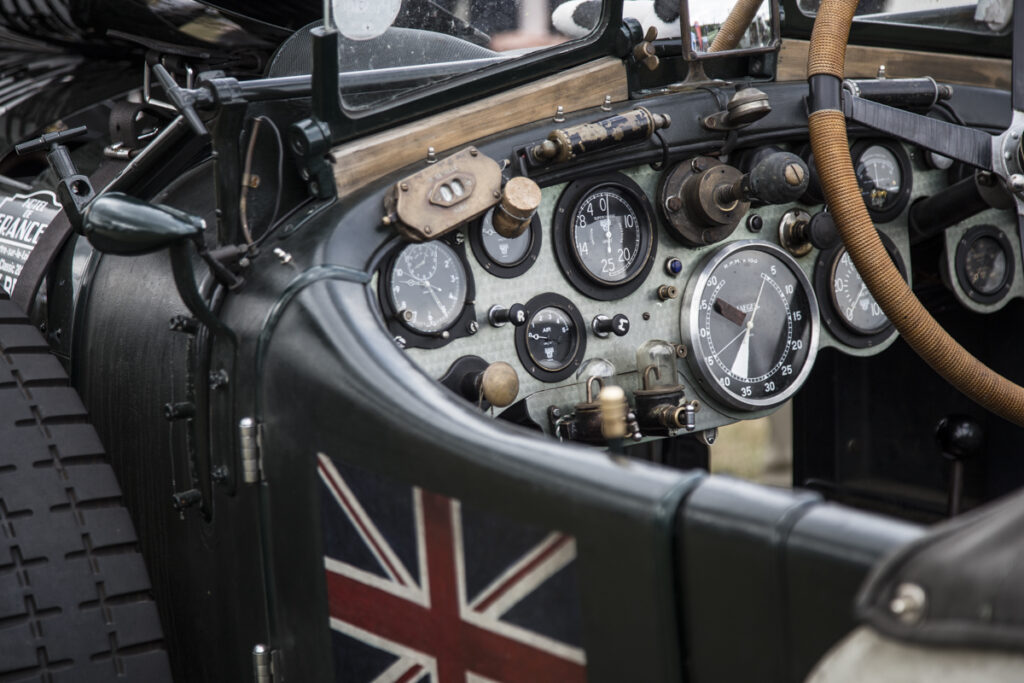
For further information on SMITHS gauges for motorsports, please contact us on:
Email: [email protected]
Phone: +44 (0) 1639 732200
You can also follow us on social media for regular news updates, photographs and technical information: